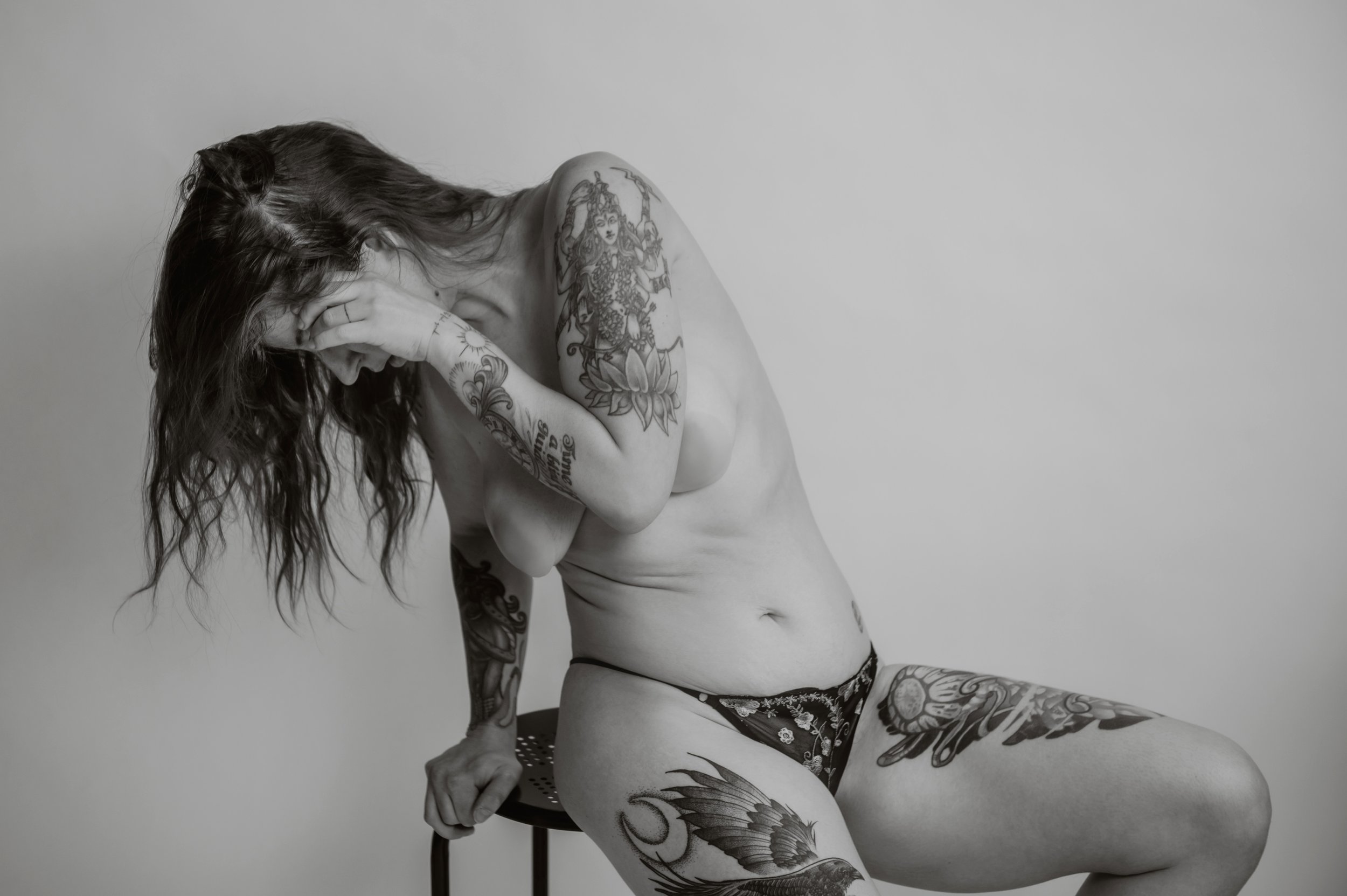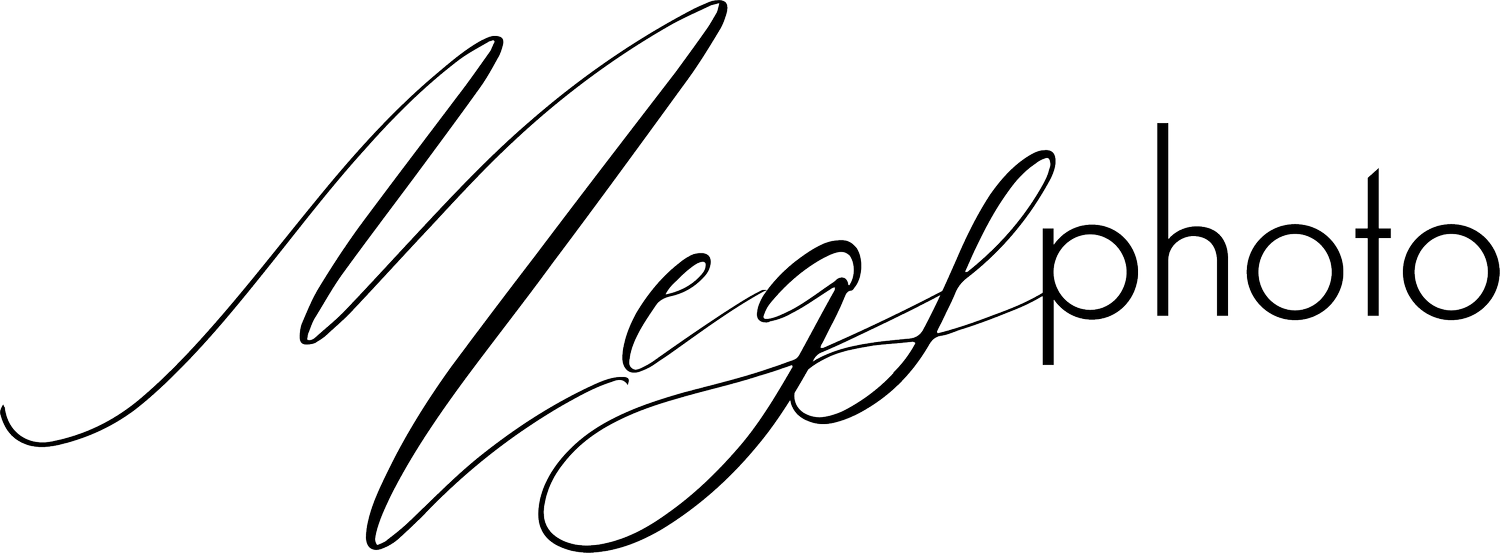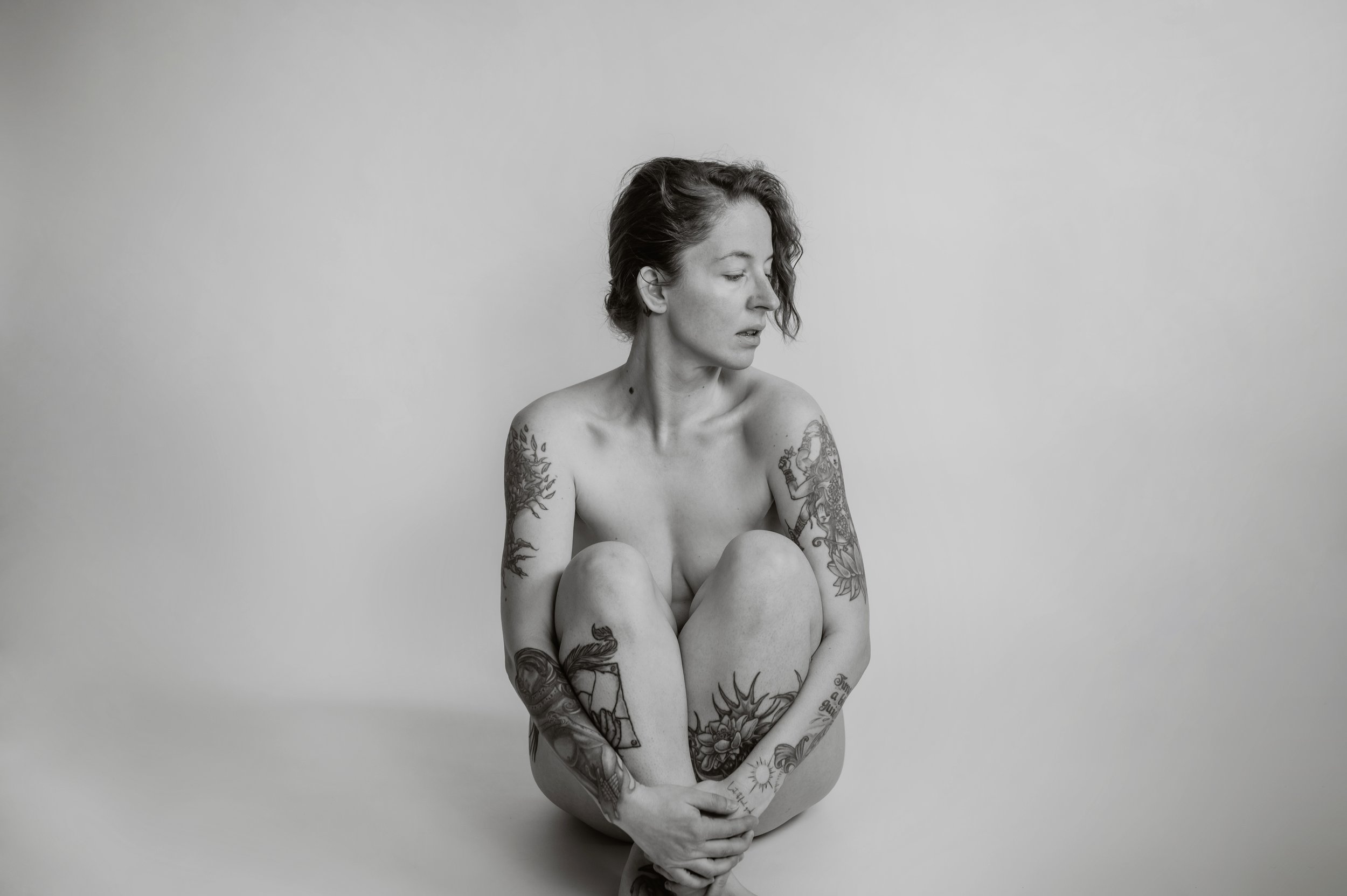
For The Belly
For The Belly — a photo project around all the ways we can honour one of the most tender parts of our bodies.
Where participants are photographed just as they are, exploring the way their body moves and hangs without strategic posing, complicated props or clothing. Our bellies have been the subject of conversation for centuries. Bodies being pulled into different shapes by clothing, sucked in by the owner. Our diaphragms are suffering. This project intends to bring awareness to how our bodies sit naturally and inspires both participants and onlookers to relax their belly, breathe deeply, and let go of how a body is “supposed” to look. We hope to facilitate a space, a conversation and settle into how a body actually sits. How it exists without adjustment by the critical mind.
The ultimate aim of the project is to result in a tangible book, with a celebration gathering and possible gallery opening. So … make sure you follow along the journey to be the first to know of updates!
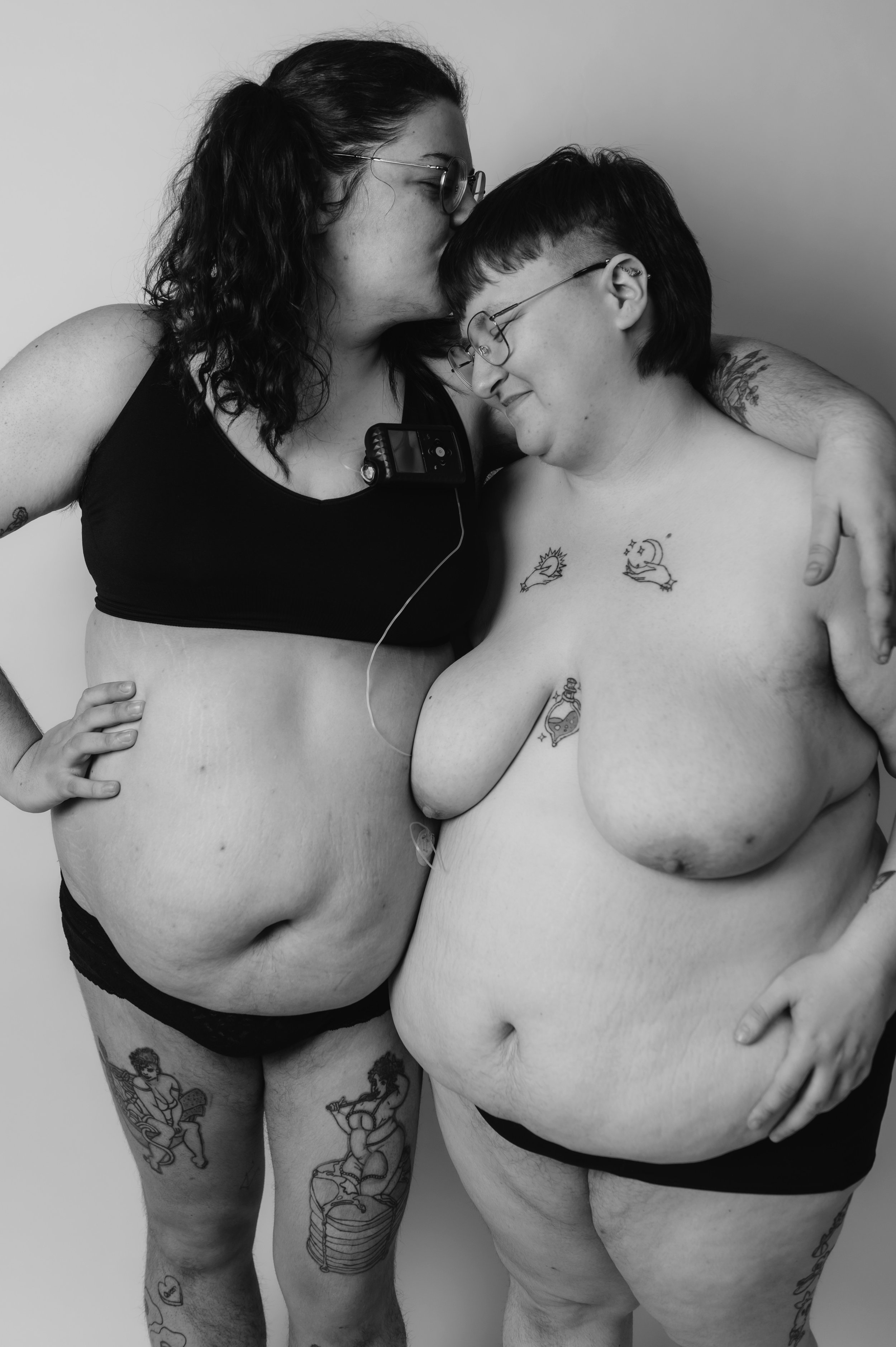
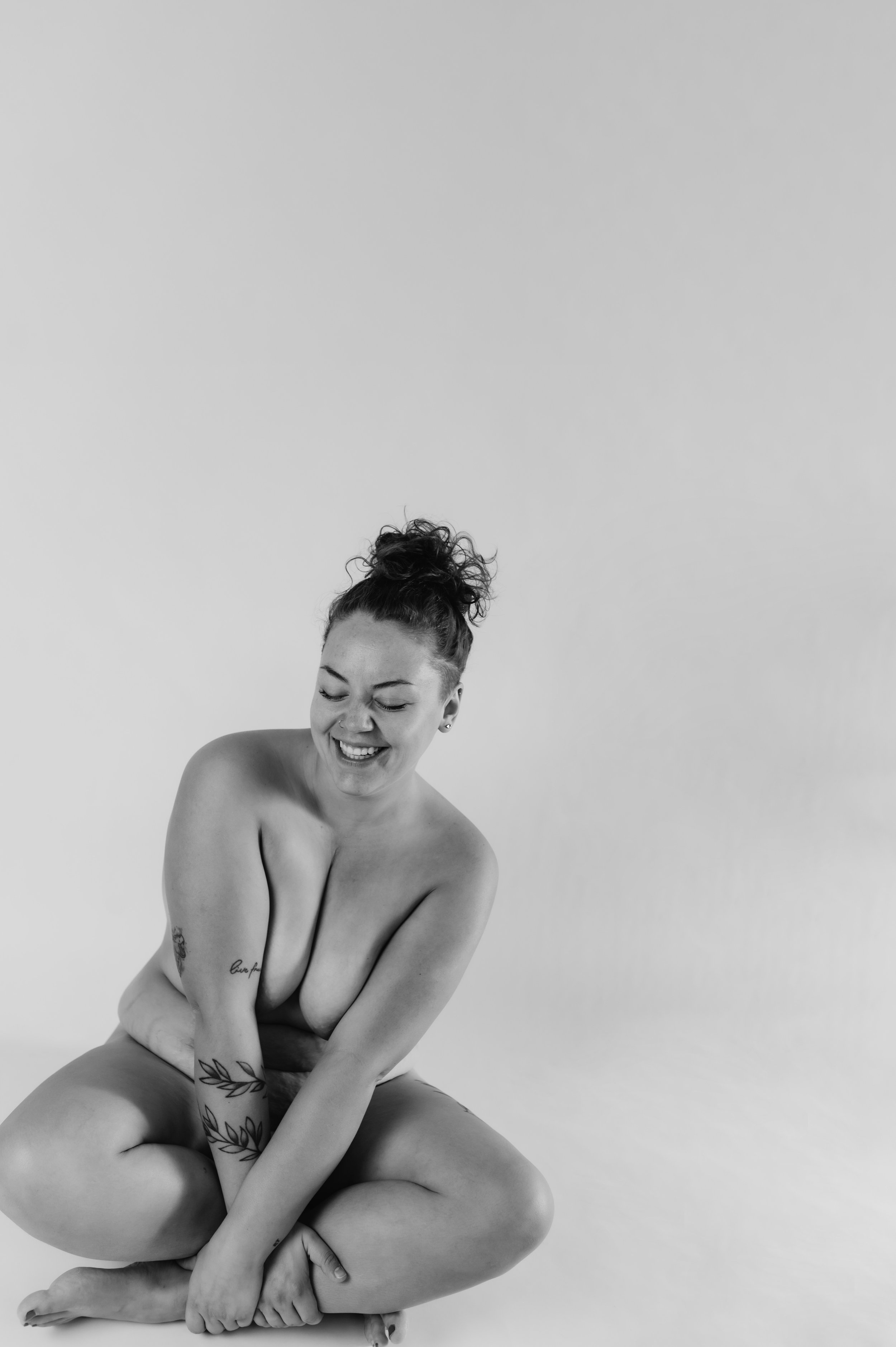
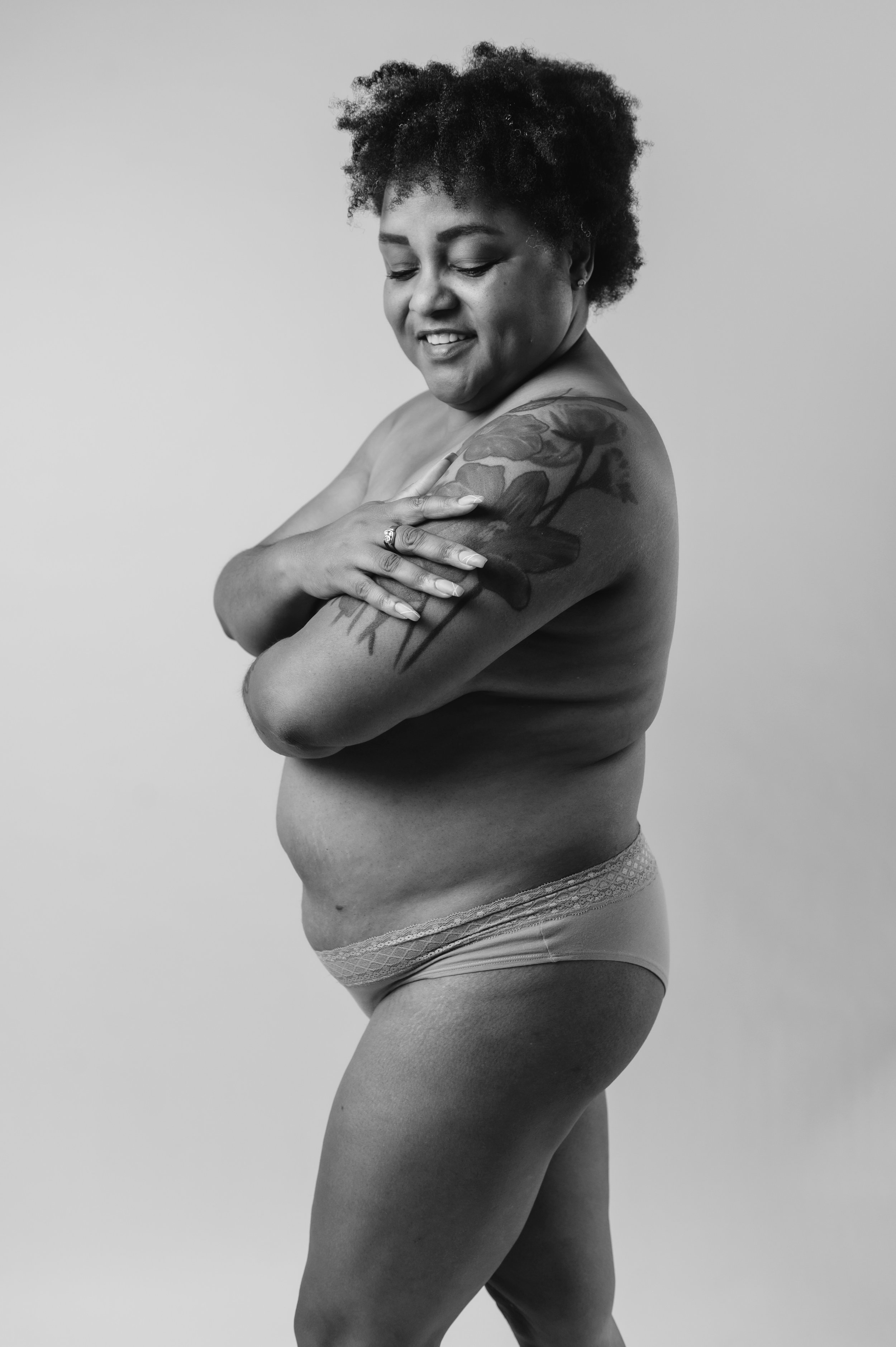

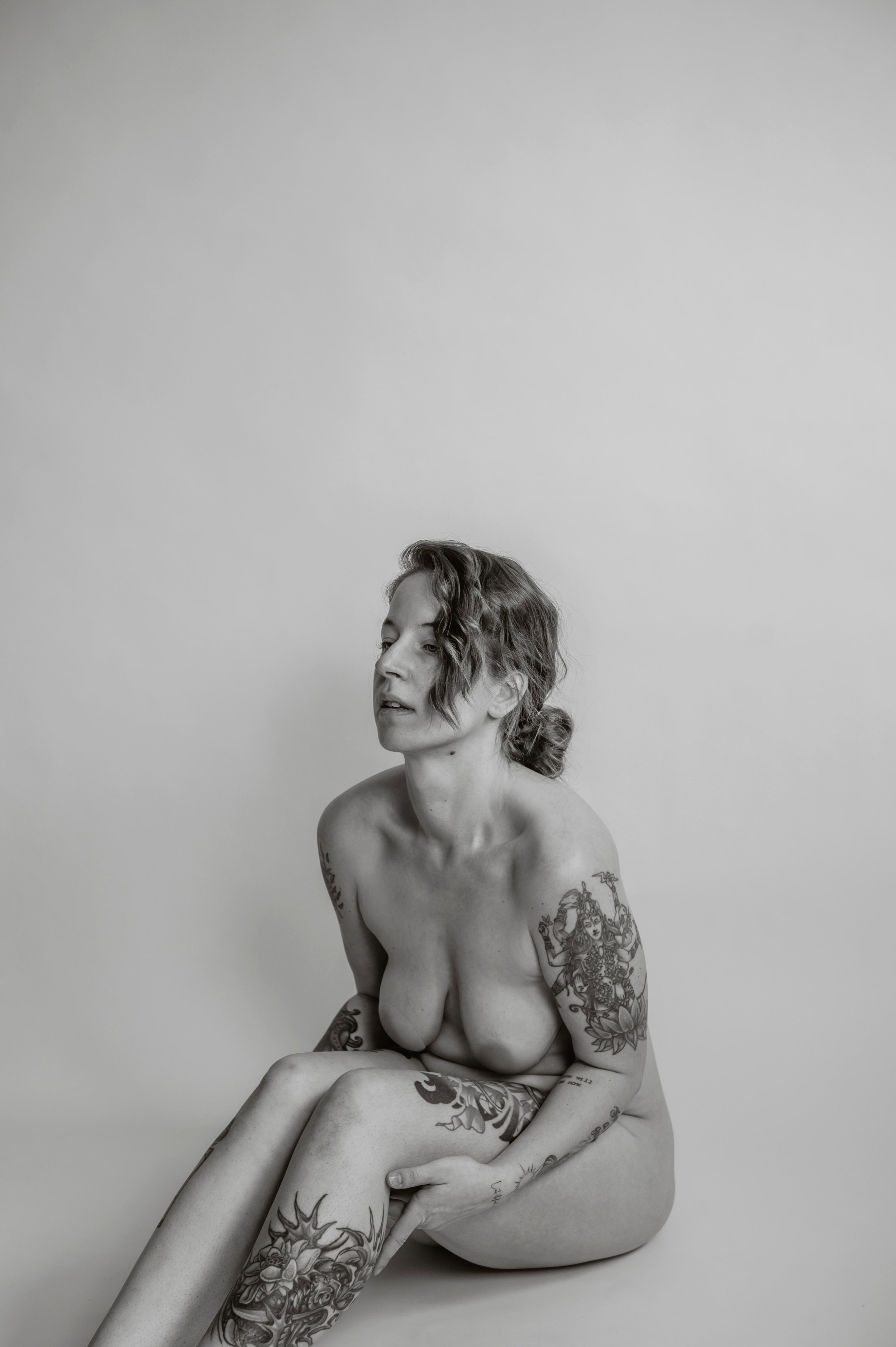
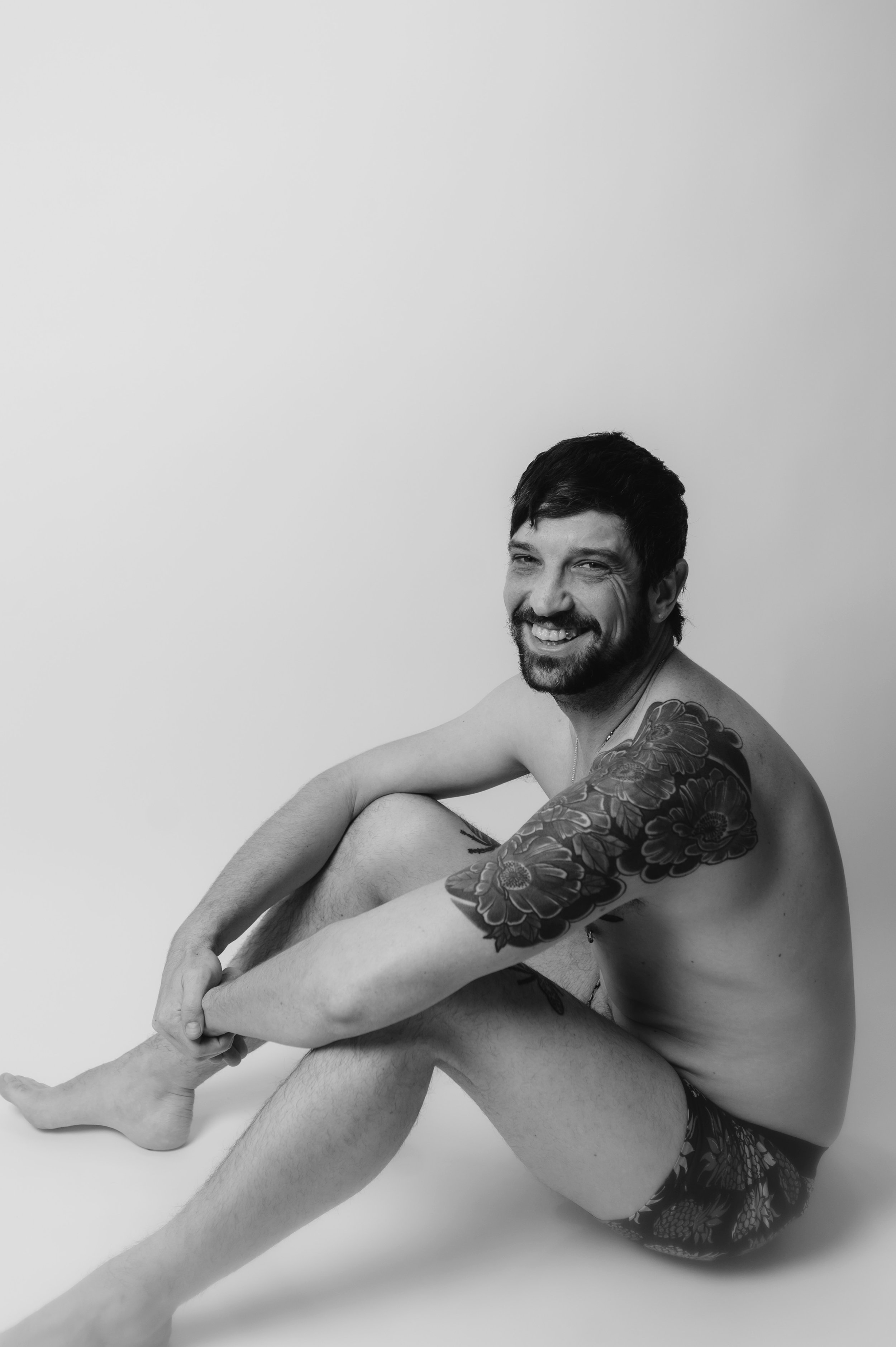
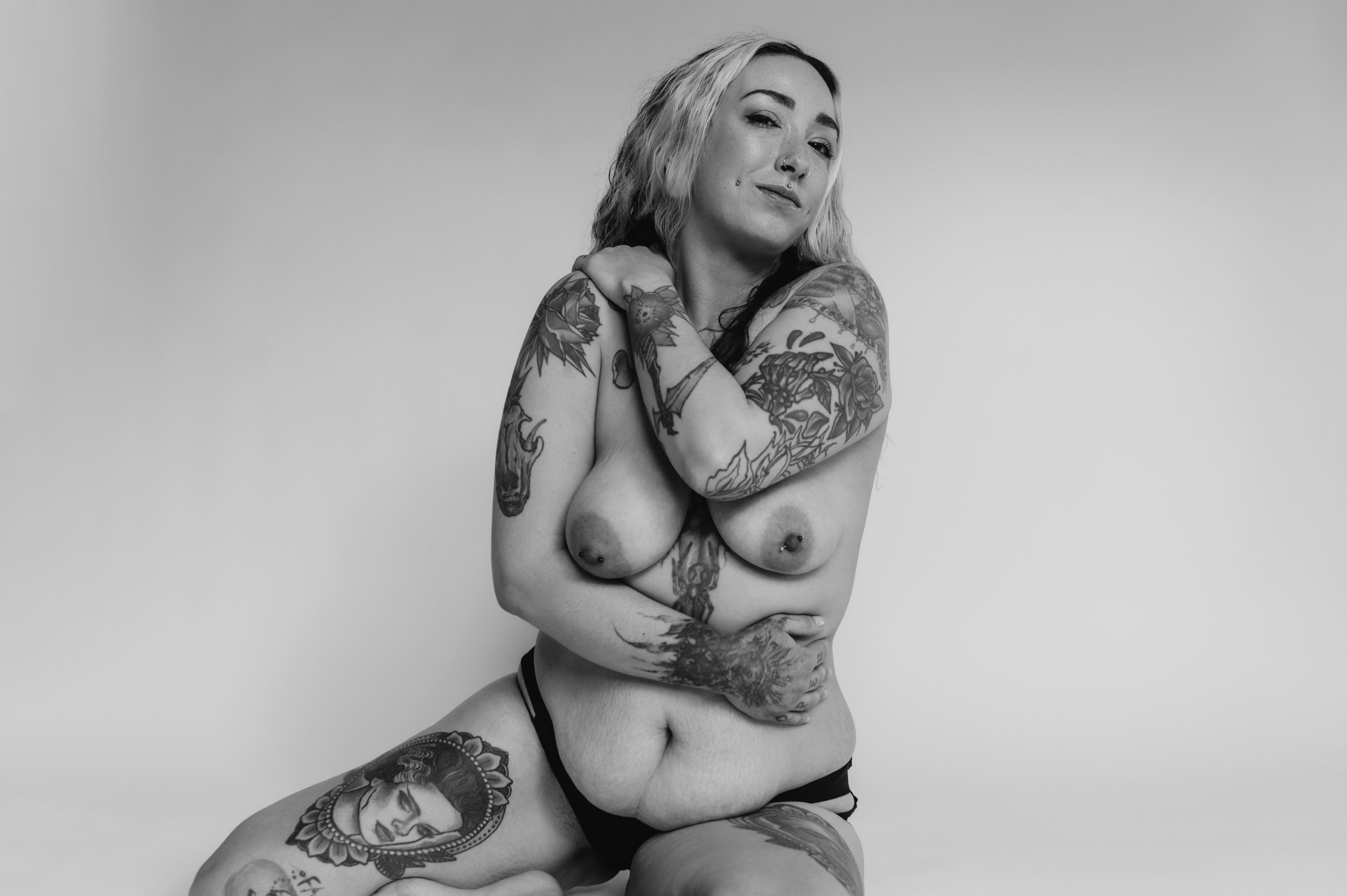
About the Creators
Megs
I am a third generation born Canadian citizen — I currently reside in Treaty 7 Territory; Niitsitapi, Tsuut’ina, Stoney Nakoda & Métis people (Lethbridge, Alberta) as a white settler. I am complicit in an ongoing colonization and occupation of indigenous lands.
I am also a thin, able-bodied, straight-passing, femme queer woman raised within financial privilege. While I encounter challenges that intersect at the variety of identities I carry, I hold an abundant amount of privilege.
Danica
I am Danica (dan-EEK-ah) Sommer, a wearer of many hats, including cis-woman, mother, artist, singer-songwriter, model, currently living in Lethbridge Alberta. A car accident left me with a whiplash and traumatic brain injury leading me to need extensive physiotherapy. During this therapy, I learned I had been breathing incorrectly for most of my life. I always knew I held my belly in, contorting my body to be closer to the “ideal” body shape, at least in my mind. In reality, I learned from my physiotherapist that I had been constricting my breathing, my life force, in order to reach an aesthetic that mostly existed in my head. The belly that was supposed to be apart of a complex system of breath, digestion, lymphatic movement and drainage, and more was being restricted in order to change my natural shape.
Through my journey modeling for ME Photo, I had already been coming to terms with my natural body shape, allowing my belly to relax in front of a camera lens, something my younger self would’ve cringed at even the thought of. For The Belly was born from this intersection of modelling and the visceral, intense process of relearning how to breathe and relax while being awake; conscious in my body. To allow a belly to hang is an unspoken taboo for many of us living in this colonized society — plagued by body trends and the multi-billion dollar diet industry. Let it hang and let us breathe, so we can finally learn to live.
A couple quotes from Postcolonial Astrology, by Alice Sparkly Kat, that may be relevant when thinking about the body in the context of a hyper-racialized, gendered world.
“If nude female figures represent the experience of femininity when it appears outside the rules of civilization, femininity that predates civilization, and femininity that has yet to be conquered, then Lucifer’s vanity represents the pitfalls of over-civilization. While Venus painted as a nude goddess becomes the male artist’s supervises alienation from society and his attachment to sublime artistic truth, Lucifer fell because he identified too strongly with he civil state. Beauty disappears when it becomes self-aware. It is unable to describe itself and relies on its gazer’s eyes to tell it who it is. In other words, beauty is attached to innocence because it does not seek to define itself. Since the innocence of unaware beauty can only be depicted by male artists who paint seemingly unaware female subjects, divine truth is only available to male authors.”
“Sarah Ahmed writes about a memory in which she and other classmates in a predominantly white private school were taught about “stranger danger.” This lesson was really a lesson on the politics around rape. Ahmed recalls this experience as ‘an instruction into whiteness and not just femininity’ and elaborates by writing that ‘it is a white female body that is assumed to be vulnerable and in need of protection from others.’ The white female body represents the state that is constantly under siege so that crisis states can continue to occur and the institutions that emerge from the crisis state can continue to function. In this cisnormative narrative of rape, it is the stranger who rapes. Strangers are Mars figures: hyper masculine, incarcerated, and dark.”
